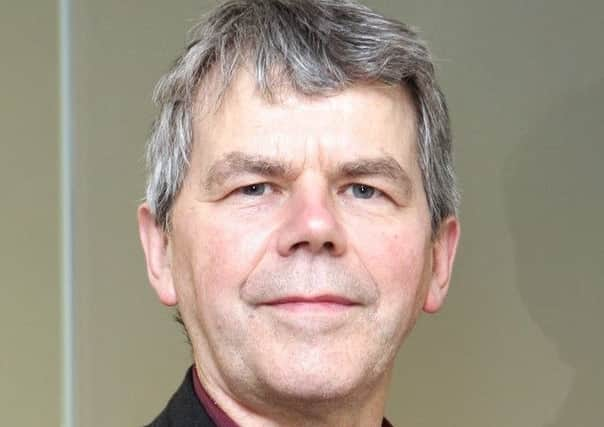Jonathan Wood: Listen up! Teens struggling towards adulthood need a friendly ear


There is a crisis in children’s mental health, as many people will tell you: a part of the crisis is what do we actually mean by this? To take this example, nervousness before exams might be considered an indicator of good mental health – exams make people nervous. That is a normal reaction, the reaction of someone with a firm grasp on reality.
One of the well-used maxims in working with children and young people therapeutically is “a disturbed adolescence is a healthy adolescence”. Adolescence, often a challenging time for young people and their parents, signalled by mood swings and hormonal disruption, sometimes in both age groups, means change for everyone. So what is “normal” during a period of often volatile change?
Advertisement
Hide AdAdvertisement
Hide AdThe themes of adolescence are to do with separation and identity, the young person identifying themselves as separate and different from their parents – as their own person, an individual in their own right.
You will be lucky if this is pain-free or a smooth transition for anybody in the family. Change is the new norm and one that needs a degree of accommodation from the adults around. But not to the point of no boundaries. Sometimes, the attempt to stay close to young people as they try out new personas can result in tragi-comic compromises that nobody is happy with – the cool dad nodding along to gangsta rap numbers, pretending not to hear the lyrics. Or the too-tight hold of the controlling parent – “You’re not going out dressed like that” – that engenders further extreme fashion solutions.
Where parents and teachers alike are really up against it though is in the fluid area of adolescent sexuality. Gay, straight, non-binary, transgender, transitioning – this is a minefield not only of complex identity issues but also of political correctness and lively cultural debate. In our work with teachers – although it would also apply to parents – an emerging issue seems to be the difficulty for professionals to feel secure in their roles, faced with such seeming complex identity crises. It seems as if their own identities are in some way challenged by this, that the boundaries they had relied on in their lives no longer make sense. “I don’t know what to say”, “I’m out of my depth”, are common enough responses.
Perhaps there is nothing to say, but plenty to listen to – but listening without necessarily having to identify with what is being said. Perhaps it is a time to be clear about who we are, as teachers, as parents, so that we can provide a still point in this perfect storm of all possible identities.
Perhaps good mental health, for us and for our children, relies on us bringing a boundaried, adult perspective to such natural volatility. Place2Be relies on the support of a number of donors to carry out our work, including the players of the People’s Postcode Lottery.